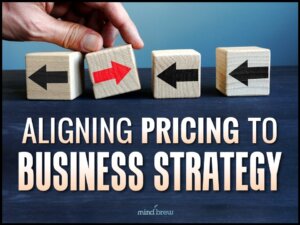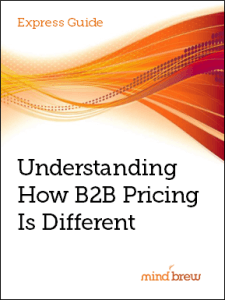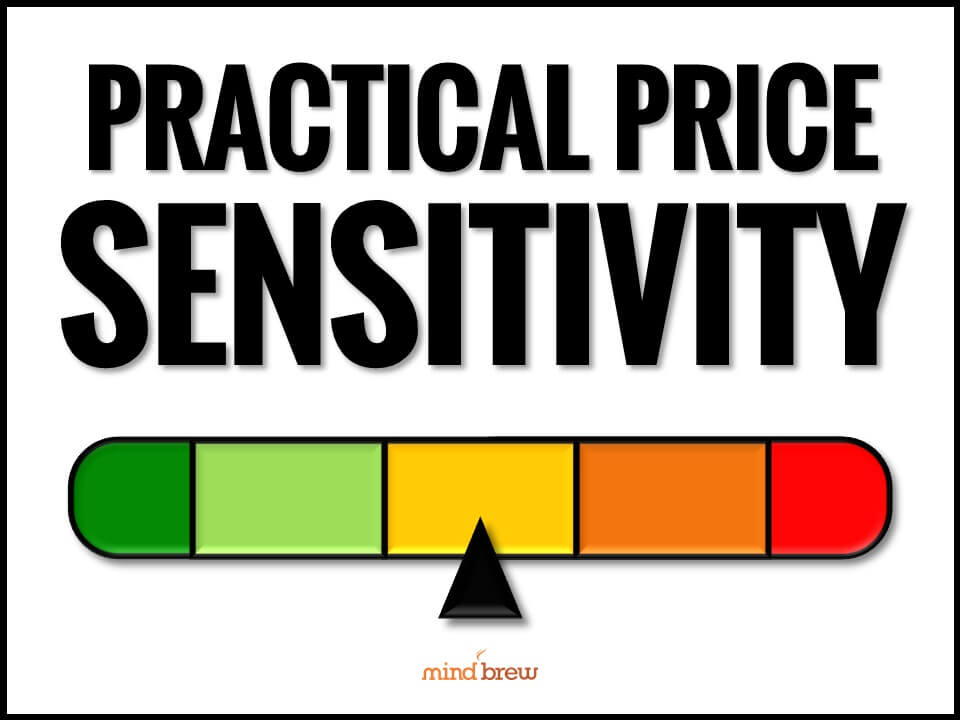Sometimes B2B firms think that their pricing models are working great, when in reality, something is profoundly wrong.
In these cases, the firms are usually winning most of the deals that they expect to win, and margins are often pretty healthy. But they’re missing out on some deals for unknown reasons. And other times, they’re leaving money on the table without even realizing it.
You see, the big problem with faulty segmentation models is that they don’t always expose their failures. They can seem to work most of the time even if they have some profound inherent flaws. And pricing practitioners can only find those flaws—and correct them—if they go looking for them.
In our experience we’ve seen three common mistakes that send price segmentations models awry:
1. Designing your model around what you want to charge instead of what the customer will pay. This is probably the most common mistake we see B2B firms make. The point of price segmentation is to identify characteristics that affect the customer’s perception of a fair price, not characteristics that affect your perception of a fair price.
For example, we’ve seen a situation where a B2B firm had a geographic component in their price segmentation. Normally, this is a good thing. It’s commonly the case that customers in the middle of the country have different price expectations than customers on the coasts and that customers in big cities have different expectations than customers in smaller towns.
In this case, however, the geographic component separated customers into different categories based on how far they were from the vendor’s distribution centers. It was more expensive to ship product to customers who were farther away, and the company wanted to build that into their model.
But the customers didn’t care about the supplier’s costs. Many were unwilling to pay higher prices just because they were farther from the distribution centers. The supplier lost deals, and they left money on the table by offering lower prices to customers who were nearby.
2. Believing everything the customer tells you. Sometimes a customer sends signals that make it look like they are willing to pay a higher price, when they really aren’t. For example, many B2B firms charge higher prices for orders with shorter lead times. But just because a customer says that they need an order in a week doesn’t mean that they really the order in a week—or that they’re willing to pay the higher price for a rush job. It’s always a good idea to have salespeople push back a little bit to make sure the customer is asking for what they really want. Then you can plug the customer into the right place on the segmentation model.
3. Reusing an existing segmentation model. When you’re coming into a new position, it’s easy to assume that the person in the job before you made segmentation decisions for a good reason. But in our experience, it’s almost always a bad idea to assume that an existing segmentation model is good—even if you did the model yourself.
Markets are always changing. The factors that influenced the last segmentation model may no longer apply. So if it’s been a while since you took a look at your model, it might be time to re-examine your data and run a new analysis. You may find new factors that can help you refine your model and win more sales.
If you think your segmentation might have some hidden faults, we have some resources that can help you build a more effective model. Check out the webinars on The Fundamentals of Price Segmentation and Getting the Most Out of Price Segmentation, as well as the video guide Five Tips for More Effective Price Segmentation.
















